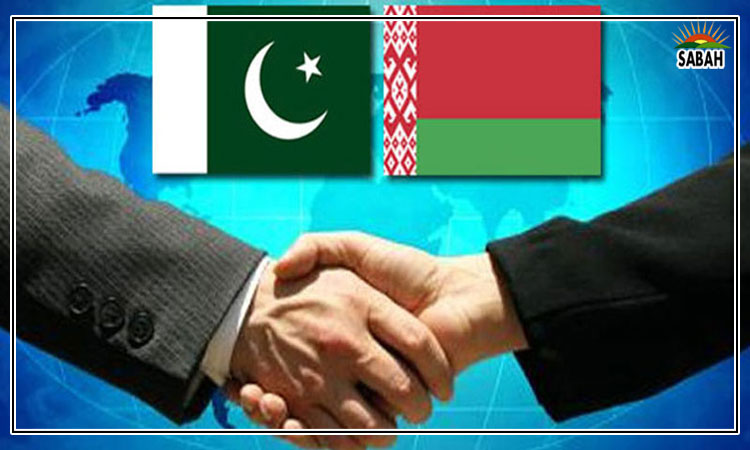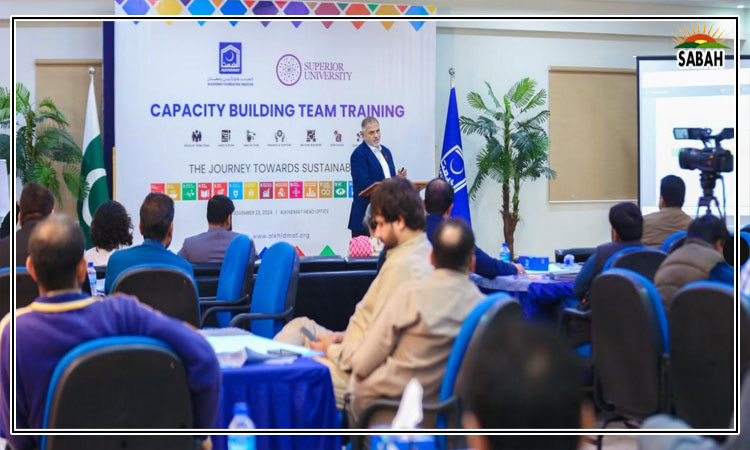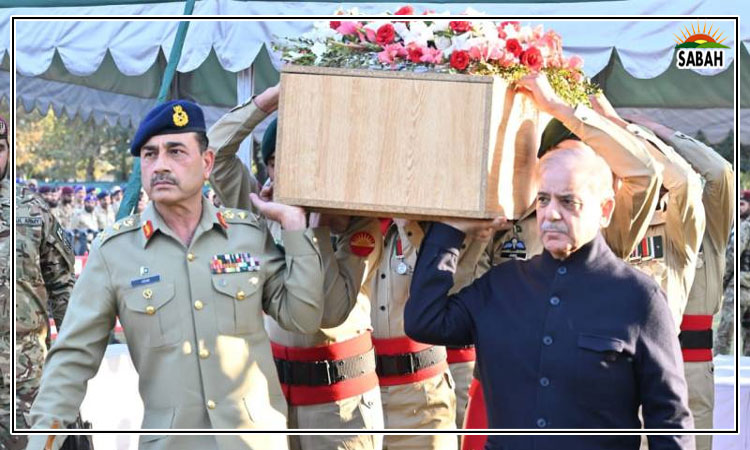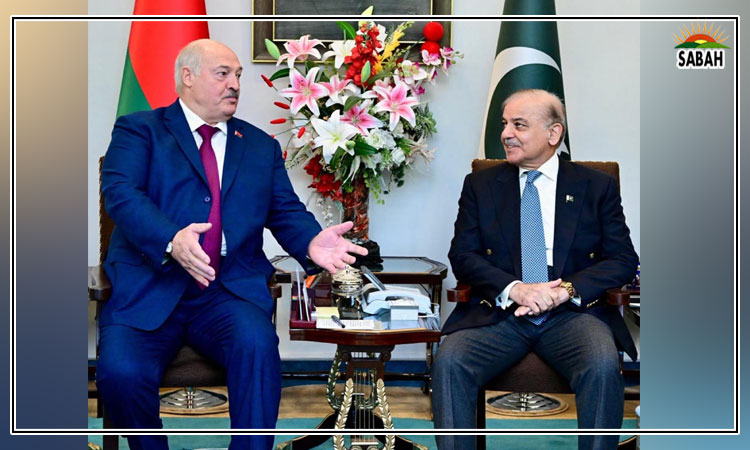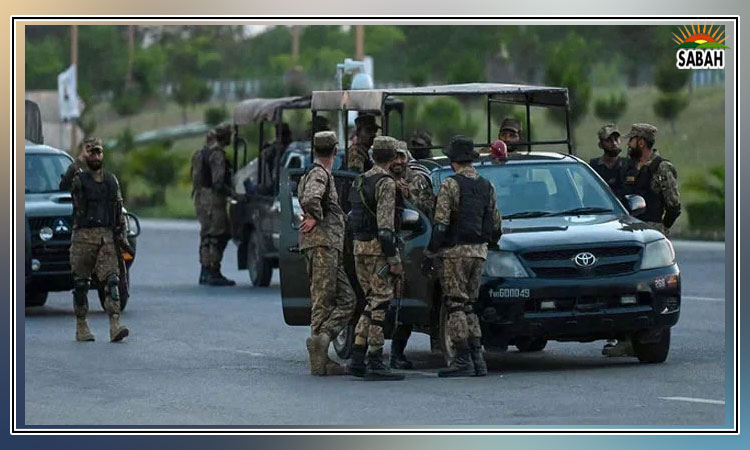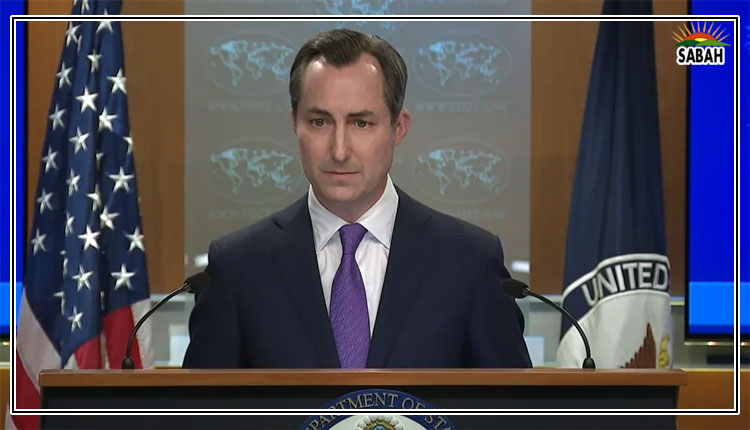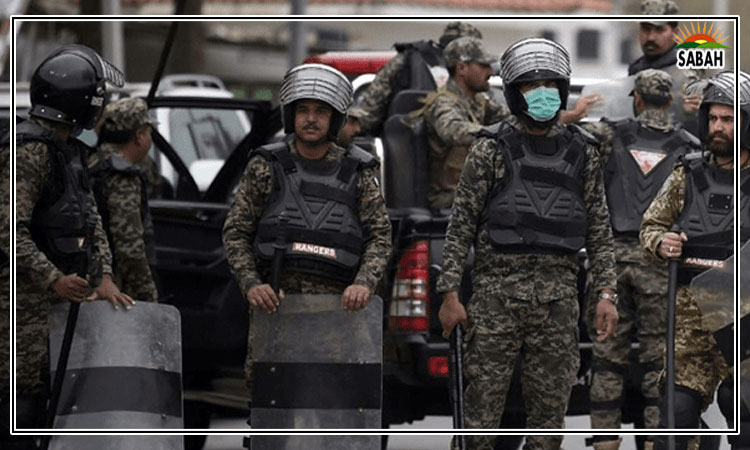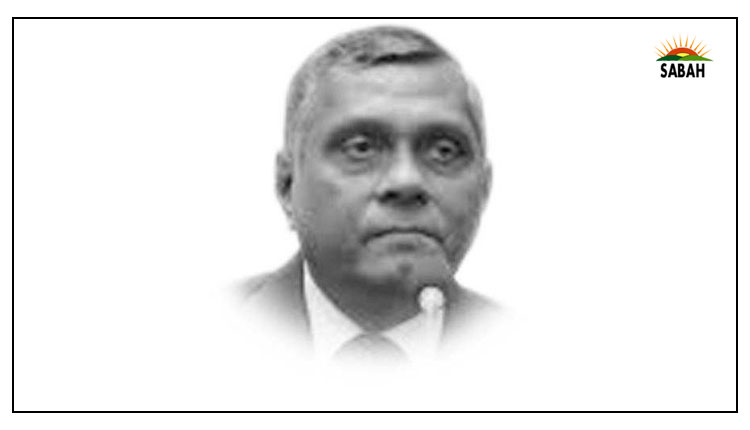Pakistan’s economic legacy…Misbah Khan
Assessing Pakistans economic legacy is more than a historical reflection; it is a critical analysis of its trajectory. Successive governments policies shape growth, stability, and resilience, impacting the nations economy from rapid industrialization to economic downturns.
Past decisions have enduring implications, influencing the present and future prospects. Understanding these legacies informs strategies for sustainable development amidst evolving socio-economic dynamics. The previous governments formulated programmes for the countrys development with the following objectives: rebuilding national confidence and morale; strengthening the federation, removing inter-provincial disharmony and restoring national cohesion; reviving the economy and restoring confidence of investors.
The objectives further include: ensuring law and order and dispensing speedy justice; reconstructing and de-politicizing state institutions; devolving power to the grassroots level; and ensuring swift and across-the-board accountability.
You Might Also Like
Elevate Bathing: Luxury Tubs on Clearance (Discover More)
Elevate Bathing: Luxury Tubs on Clearance (Discover More)
Luxury Bathtub Clearance | Search Ads
Luxury Bathtub Clearance
Modular Homes 2024 (View Prices)
Modular Homes 2024 (View Prices)
Modular Houses | Search Ads
Man Receives Unfortunate News During Routine Check-Up After Doctor Examines Ultrasound
Man Receives Unfortunate News During Routine Check-Up After Doctor Examines Ultrasound
Tips and Tricks
After Independence, successive governments made significant efforts for the development of the country. It had a detailed plan for the period from 1955 to 1960. They made efforts despite financial constraints. Five-year plans marked definite stages in the countrys economic progress. The concept of planning was in fact introduced with the Colombo Plan in 1950.
The first (1955-1960) and second (1960-1965) plans refined this concept and established the institutions through which planning could be effectively implemented. The first plan was instrumental in creating some of the basic infrastructure for economic growth even though its impact on the increase in per capita income was insignificant.
The second plan accelerated the pace of development and led to a rapid increase in national and per capita income. For purposes of economic analysis, this period of 15 years falls into two distinct sub-periods: from 1950 to 1960 and from 1960 to 1965.
Growth in GNP was significant at the rate of 5.2 per cent, during 1960-65 as compared to 2.5 per cent during the 1950s. The contribution of the agricultural sector declined while manufacturing increased to 11 per cent from 6.0 per cent. Contributions by the construction sector increased from 1.0 per cent of GNP in 1949-50 to 4.0 per cent in 1964-65 and by the transportation sector from 5.0 per cent to 6.0 per cent.
The most decisive increase was in the large-scale industrial sector. Its share increased from 1.4 to 7.1 per cent in 15 years. The small-scale industrys share increased from about 24 per cent in 1949-50 to 65 per cent in 1964-65.
The structural change in the economy paved the way for future growth rates. A high rate of growth in large-scale industries influenced the aggregate rate of growth. There was a remarkable acceleration in gross investment in the 15-year period. The share of the public sector in total investment increased from about 28 per cent in 1949-50 to about 48 per cent in 1964-65. This marked shift of emphasis towards the public sector was found necessary to step up the pace of development and to balance its structure.
The strategy of the third plan (1965-70) flows from the lessons learned from previous planned development and the targets set for the next 20 years under the perspective plan. Before the third-plan period, there was a rapid rate of economic development and the building up of infrastructure, but there were certain imbalances, especially in agriculture, education and social services.
The process of development in Pakistan faced its first major challenge early in the third five-year plan. The plan as originally formulated was an attempt to extend the success of the second plan on a broader front. The events of 1965 and their various repercussions on the economy changed these assumptions in a fundamental manner and the basic strategy of the plan had to undergo a drastic revision.
The most significant shortfall in the third plan was reflected in savings and investment targets for the economy which in term affected employment opportunities and fund allocations to the social sector. The third plan period witnessed significant growth in the volume of exports from the country and this was accompanied by a steady shift in the composition towards an increasing share of the manufactured items.
We may analyze the performance of past governments with the help of economic and social indicators. Due to some reforms by governments and political stability, GDP growth increased from the lower level of -0.9-2.6 per cent to 5-6 per cent. The manufacturing sector played a significant role in the 1960s and 2021-22. Growth in the manufacturing sector 9.9 per cent in the 1960s and 9.8 per cent in 2021-22 was achieved due to reforms in taxation and liberalization of the economy, which resulted in the reduction of the unemployment level in these periods.
In 2021-22, Pakistan witnessed a significant increase of 24.1 per cent in total investment. This was backed by measures like subsidies on electricity for industry and other measures for the ease of doing business. Consumer prices increased due to supply shortage and low production induced by Covid-19; total revenue also increased before the 2021-2022 period but decreased to 8.0 in 2021-22.
However, government-controlled expenditures during 2021-22 decreased to 12.67 per cent from the previous 19.1 per cent (2017-2018). The 2021-22 period was affected by the Ukraine-Russia war, floods, earthquakes, and Covid-19. This affected Pakistans economic growth and increased its dependency on foreign loans through the IMF and other international banks.
During FY 2023-24, the change of government initiated political instability in the country and accelerated the devaluation of the Pakistani rupee. This increased commodity prices in the market, and the inflation rate increased from 11 per cent to 36 per cent. Further, it affected the burden of foreign debt.
In compliance with the IMF, energy rates have been increased, which has resulted in an increased cost of production. Industrial production declined due to which growth rate, which was above 6.0 per cent, declined and fell to 2.0 per cent. Unemployment in the country continues to increase day by day; poverty increases despite an increase in salary and wages. The country is in stagflation these days.
Here are some measures that the government can apply to overcome the economic crisis: The country needs a strong production base through low interest rates and low energy charges for industrialists in the manufacturing sector.
The next step could be increasing the number of taxpayers to increase tax revenue for provision of subsidies on the purchase of input by farmers pesticides and fertilizers, etc. Reduction in import of luxurious goods for improvement of trade balance is essential. This will make the rupee stronger, and commodity prices, including medicines, will decline in the market.
The implementation of ease-of-doing business policies is essential to overcome inflation as well as unemployment. Incentives may be announced for overseas Pakistanis to bring the flow of foreign remittances to Pakistan.
Control expenditure in government departments by reducing the number of vehicles and other charges, etc will also lead to fruitful results. It is also essential to ensure that the federal government does not allocate development funds to MNAs, MPAs and senators. All such funds must allocated through the public sector development program (PSDP) and provisional local bodies funded by the provinces.
Courtesy The News


